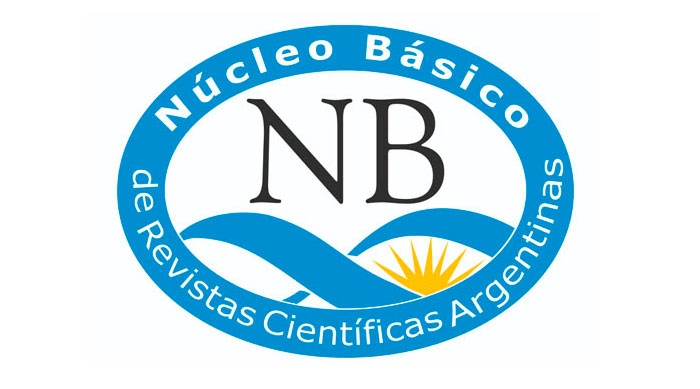Characterization of fluvial habitats in upper strata of Yungas through analysis of biological traits of the EPT group
DOI:
https://doi.org/10.24215/16684869e033Keywords:
Aquatic insects, functional traits, montane cloud forestAbstract
Mountainous streams form a complex of eco-hydraulic habitats that function as an ecological filter. This filter acts on the characteristics of species, conditioning the structure of their respective communities. The EPT assemblage (Ephemeroptera-Plecoptera-Trichoptera) is diverse in streams located in the upper strata of the Argentinean Northwest Yungas. The structure of this assemblage and the combination of biological traits associated with different habitats in high-altitude Yungas sites during contrasting periods of the hydrological cycle were studied. The configuration of incident traits in the following habitats is achieved: a) riffle (energetic zone), b) organic (heterogeneous litter, stems, and coarse particulate material), and c) shallow (depositional marginal lentic zone or poorly developed inner pool in depth). Based on this characterization, future monitoring of the response of the insect fauna to direct drivers of global change operating in the upper Yungas can be enhanced.
Downloads
Downloads
Published
How to Cite
Issue
Section
License
Copyright (c) 2023 Alexandra Buitrago Guacaneme, María Celina Reynaga, Daniel Andrés Dos Santos

This work is licensed under a Creative Commons Attribution-NonCommercial-ShareAlike 4.0 International License.





















